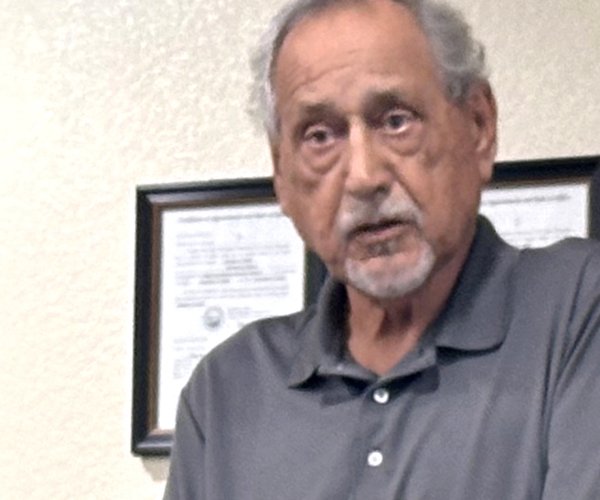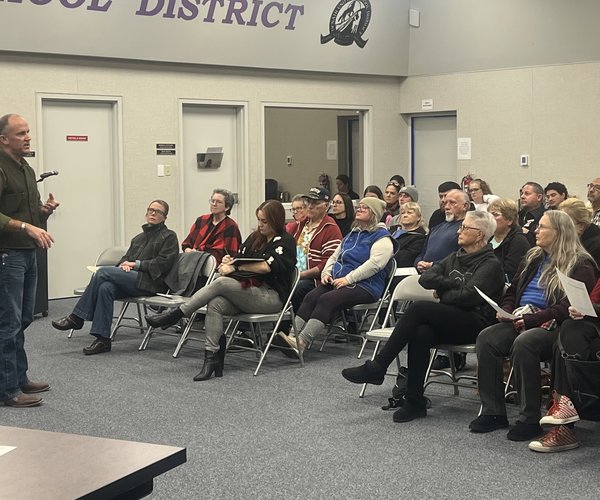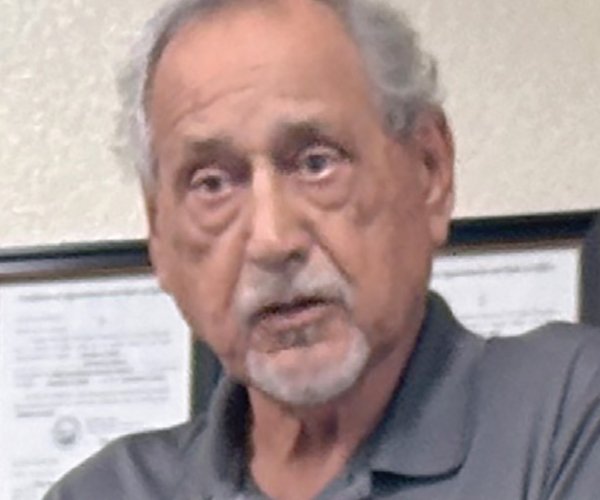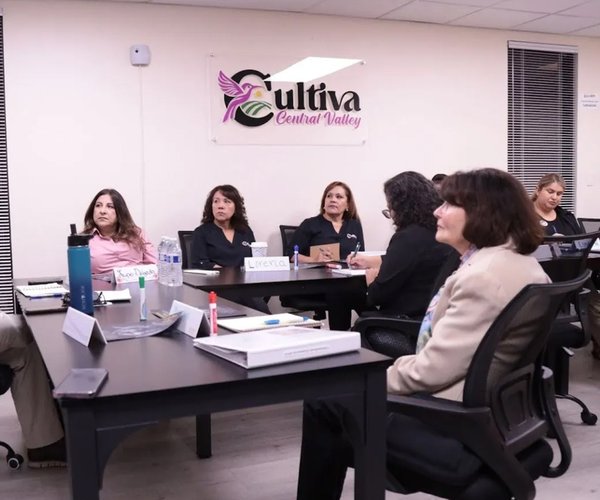In response to several public concerns, the Turlock City Council unanimously voted in favor of placing a citywide ban on aggressive panhandling.
With the new ban in place, individuals cited for aggressively begging or asking for money may receive a misdemeanor or infraction, chargeable at the City Attorney’s discretion.
“Our hands are kind of tied right now as solicitation or asking for money is considered legal,” said Captain Carl Nielsen of the Turlock Police Department. “However, other areas like the Los Angeles City Council have adopted similar ordinances banning aggressive solicitation that have withstood many judicial claims.”
According to the newly adopted city code, all solicitation will now be prohibited within 15 feet of any entrance or exit of any bank or ATM, including credit unions, savings and loan associations, or check cashing businesses. Additionally, solicitation will be banned in any public parking lot after dark and public transportation vehicles.
Although the above locations prohibit any type of solicitation, the aggressive panhandling prohibition includes any public space within the city limits. According to city staff, the ban is expected to better preserve public health, safety and welfare of the community.
“This new ordinance will give our officers some teeth, as they’ll have something to go with to enforce the law,” said Nielsen. “Before people could say, you know, ‘I’m just asking for money’ or something of that nature and there was really nothing we could do about it. This gives us the opportunity to enforce while also giving us some leverage.”
Per the city code, an “aggressive manner” can include: approaching, speaking to, or following a person while soliciting, asking or begging, if that conduct is intended or likely to cause a person to fear bodily harm, damage to or loss of property, or otherwise be intimated into giving money or other thing of value; intentionally touching or causing physical contact with another person or an occupied vehicle without that person’s consent; intentionally blocking or interfering with the safe or free passage of a pedestrian or vehicle by any means; using violent or threatening gestures; persisting in closely following or approaching a person; and using profane, offensive or abusive language which is inherently likely to provoke an immediate violent reaction.
Several cities and courts throughout California have supported bans on aggressive solicitation, including the cities of Lompoc, Concord, and Costa Mesa.
Captain Nielsen shared that any person who feels they have been intimated by a solicitor or panhandler may contact the police, who will then send a responding officer to the location.
“I think this is an excellent tool to add to the tool belt of the police,” said Councilwoman Amy Bublak.





